LACMA Wants to Bridge Wilshire with Revamped Museum Design
Swiss architect Peter Zumthor has revised his “ink blot” design for the Los Angeles County Museum of Art [LACMA]. The original design received a great deal of criticism for overshadowing the La Brea Tar Pits. The Miracle Mile Residential Association objected to the earlier plan for encroaching on the tar pits and on valuable green space at Hancock Park.
The revised design avoids impinging on the tar pits by spanning Wilshire Boulevard to an anchoring pavilion located on a LACMA owned parking lot on the south side of Wilshire at Spaulding Avenue. This new design retains the original 400,000 square foot single-floor concept, which will be elevated 30-feet above street level.
Although bridging Wilshire would eliminate impact on the tar pits and help to reduce LACMA’s expansion into Hancock Park, the reconfigured plan raises a slew of new questions and concerns for the community.
A New York Times article on the revised design explained: “The museum receives about a third of its $70 million annual operating budget from Los Angeles County and uses county buildings on county land. The City of Los Angeles must approve construction within its limits and air rights above Wilshire Boulevard. Mayor Garcetti and county supervisors were among the first apprised of the design change, suggesting how much this project depends on the support of politicians and governmental agencies.”
 The cost of the project is the subject of speculation. LACMA Director Michael Govan has maintained that the razing of the original museum campus and the construction of the new Zumthor structure – along with an endowment fund – would cost around $650 million. Many architects and experts estimate that the price tag would be closer to $1 billion. The cost of this new design – as well as environmental, seismic, and land use issues – will be analyzed in a feasibility study to be completed in spring 2015.
The cost of the project is the subject of speculation. LACMA Director Michael Govan has maintained that the razing of the original museum campus and the construction of the new Zumthor structure – along with an endowment fund – would cost around $650 million. Many architects and experts estimate that the price tag would be closer to $1 billion. The cost of this new design – as well as environmental, seismic, and land use issues – will be analyzed in a feasibility study to be completed in spring 2015.
The New York Times article quotes critics of the design who feel “it would be too dark” — “monolithic” or “cavelike” — for a city as sunny as Los Angeles.” It is a criticism that Zumthor feels he has addressed by creating open-air courtyards in the center of the five glass cylinders that would support the main building.
But Los Angeles Times architecture critic Christopher Hawthorne feels that the revised plan is “perhaps misguided.” Having such a large structure bridging Wilshire had Hawthorne musing on “…what will it be like to walk beneath it? Will it feel like you’re trudging under a freeway overpass? How will the underside of the building be detailed and illuminated?”
It is too early for the MMRA to take an official position on LACMA’s proposal to bridge Wilshire with a new museum. MMRA Vice President Ken Hixon was interviewed on LACMA’s revised plan by The Architect’s Newspaper: “As we’ve painfully learned the devil is in the details. We’re not the design police. We want good design. We want good architecture. But it’s all about the connective tissue.” For now, he [Hixon] points out, such issues — like the museum’s relationship to local housing, available parking, preservation, street life, and, of course, construction—have yet to be specified. An Environmental Impact Report (EIR) for the project is still far off.”

The dotted line shows the original shape of a planned LACMA building, jutting out over a tar pit. The solid line, which stretches over Wilshire Boulevard, is the revised design.
•••
What is your initial reaction to LACMA’s plan – is it a bridge to the future, a bridge over troubled water, or a bridge too far? Take our survey and let us know. We utilize SurveyMonkey for our polls; it is a secure and simple way to gather your input. Poll participants are completely anonymous and your honesty is welcomed. Just click on this link:
LACMA Bridge Over Wilshire Poll
Top and bottom graphics courtesy of Atelier Peter Zumthor & Partner; middle graphic courtesy of LACMA.
For additional information:
New York Times:
A Contemporary Design Yields to the Demands of Prehistory
Los Angeles Times:
Peter Zumthor’s L.A.-LACMA vision in need of update
The Architect’s Newspaper:
For Neighbors, Jury Still Out on Zumthor’s New LACMA Plan
The Miracle Mile Residential Association:
Tar Pits Threatened by LACMA Expansion; MMRA Approves Motion to Preserve Green Space in Hancock Park
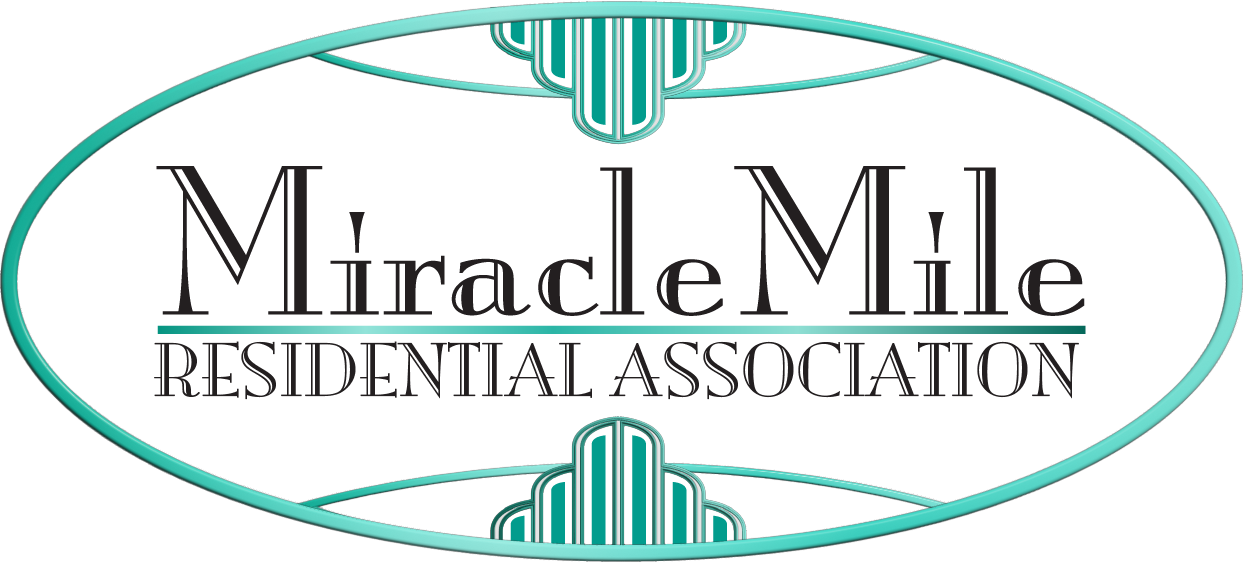
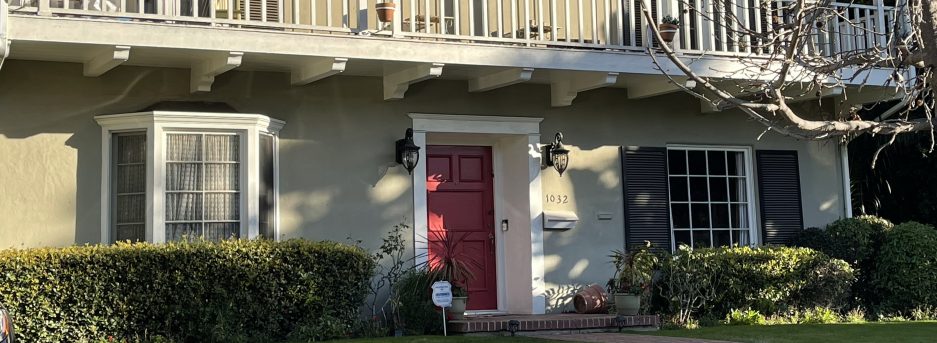


 Brad [behind counter at left] knew what he was doing. With outdoor seating and free wi-fi, Black Dog Coffee is one of the most popular eateries in the area. The menu features a variety of breakfasts and sandwiches – and, of course, great coffee.
Brad [behind counter at left] knew what he was doing. With outdoor seating and free wi-fi, Black Dog Coffee is one of the most popular eateries in the area. The menu features a variety of breakfasts and sandwiches – and, of course, great coffee. Approaching his 70th birthday – the father of two grown children and the grandfather of three – Brad represents the end of the line for the restaurant business in his family. His daughter is a realtor and his son is a journalist – and he is enormously proud of them.
Approaching his 70th birthday – the father of two grown children and the grandfather of three – Brad represents the end of the line for the restaurant business in his family. His daughter is a realtor and his son is a journalist – and he is enormously proud of them.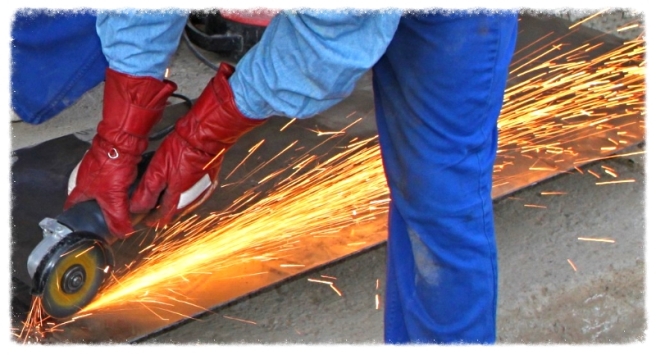
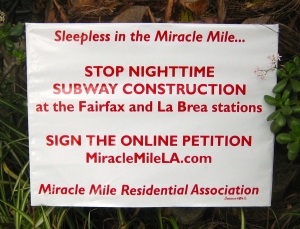
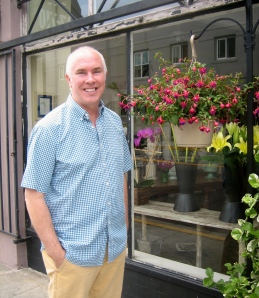
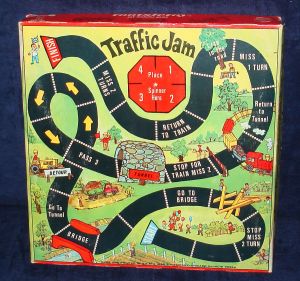

 Although the store has a website, she doesn’t sell online. “You don’t get the same community feeling if you don’t go into a store once in awhile – especially with toys. When you’re online buying toys you’re seeing an abstract of what everybody likes, you’re going to see the things that everybody buys. You can sort by most popular, best reviewed, but you’re not necessarily going to find little gems. Or something that might have gotten slammed in a couple of reviews but happens be a really fine product.”
Although the store has a website, she doesn’t sell online. “You don’t get the same community feeling if you don’t go into a store once in awhile – especially with toys. When you’re online buying toys you’re seeing an abstract of what everybody likes, you’re going to see the things that everybody buys. You can sort by most popular, best reviewed, but you’re not necessarily going to find little gems. Or something that might have gotten slammed in a couple of reviews but happens be a really fine product.” When asked about the impact of the impending subway construction on small businesses along Wilshire, Christine was blunt: “That is going to be chaos. It’s going to be dirty, noisy, messy. They [Metro] can definitely communicate better with businesses and residents. They’re not doing well with that at all. Nobody really knows what’s happening or when. I can’t plan my business if they’re not giving me any more details. But I came into it knowing all this. I opened the business knowing that Metro was coming. That’s why I picked this spot. And I knew it was going to be hell – for nine years, potentially. And I’ve never been naïve about the challenges.”
When asked about the impact of the impending subway construction on small businesses along Wilshire, Christine was blunt: “That is going to be chaos. It’s going to be dirty, noisy, messy. They [Metro] can definitely communicate better with businesses and residents. They’re not doing well with that at all. Nobody really knows what’s happening or when. I can’t plan my business if they’re not giving me any more details. But I came into it knowing all this. I opened the business knowing that Metro was coming. That’s why I picked this spot. And I knew it was going to be hell – for nine years, potentially. And I’ve never been naïve about the challenges.” Christine [photo, right] is optimistic that others like her will take the plunge and start new businesses in the Miracle Mile. “I have customers who come in – and it’s inspiring, I guess, for them to see a new business like this. They have their own dreams about their own business and they ask me all kinds of questions: how did you do it, how do you manage it, how do you do it with three kids? Starting a business for some people seems absolutely daunting. It is emotionally daunting. But if you can get past the emotional aspect of it, it’s a nine-to-five job –okay, maybe it’s eight to midnight.”
Christine [photo, right] is optimistic that others like her will take the plunge and start new businesses in the Miracle Mile. “I have customers who come in – and it’s inspiring, I guess, for them to see a new business like this. They have their own dreams about their own business and they ask me all kinds of questions: how did you do it, how do you manage it, how do you do it with three kids? Starting a business for some people seems absolutely daunting. It is emotionally daunting. But if you can get past the emotional aspect of it, it’s a nine-to-five job –okay, maybe it’s eight to midnight.”
 “A huge part of that is staff,” answers Rebecca. “Our philosophy is that we hire for personalities more than experience. We want interesting people, people that travel and are educated – and have all those things going for them.”
“A huge part of that is staff,” answers Rebecca. “Our philosophy is that we hire for personalities more than experience. We want interesting people, people that travel and are educated – and have all those things going for them.” They are optimistic that they might be able to get out of town since the arrival of Chef Andy Lee [photo right], who joined them last October. His culinary skills and knack for organization are key ingredients in the restaurant’s continuing success. Chef Lee is enthusiastic about the advantages of creating dishes for a 50-seat establishment. “For me it’s my dream job,” he says. “I get to touch everything, see everything, and the feedback from the customer is immediate.”
They are optimistic that they might be able to get out of town since the arrival of Chef Andy Lee [photo right], who joined them last October. His culinary skills and knack for organization are key ingredients in the restaurant’s continuing success. Chef Lee is enthusiastic about the advantages of creating dishes for a 50-seat establishment. “For me it’s my dream job,” he says. “I get to touch everything, see everything, and the feedback from the customer is immediate.” Sunday “Game Nights” have become a fun attraction for families – you can dine while playing your favorite board games and card games. “That is what makes this so neighborhood,” remarked Chef Lee. “You’re not going to see that at other big restaurants.”
Sunday “Game Nights” have become a fun attraction for families – you can dine while playing your favorite board games and card games. “That is what makes this so neighborhood,” remarked Chef Lee. “You’re not going to see that at other big restaurants.”


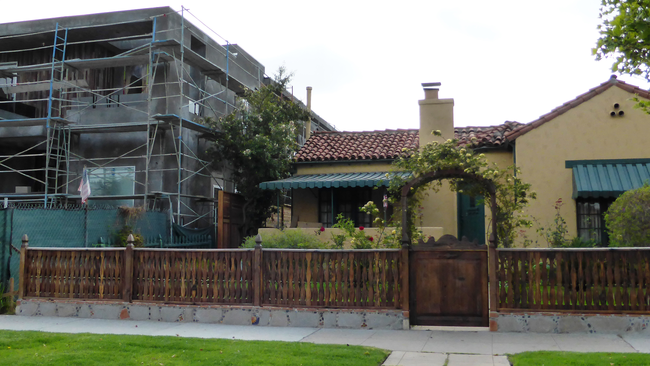
 Since the passage of the BMO in 2008, 58 out of 690 single-family homes in the Beverly Grove area have either been demolished or remodeled in a manner that was out of scale and character with the neighborhood [photo right]. Fifth District Councilman Paul Kortez,
Since the passage of the BMO in 2008, 58 out of 690 single-family homes in the Beverly Grove area have either been demolished or remodeled in a manner that was out of scale and character with the neighborhood [photo right]. Fifth District Councilman Paul Kortez,  Levy explained that the first step in becoming a historic district is to establish the boundaries of the proposed area. An HPOZ adds historic development standards strictly dealing with design to the existing zoning regulations, whether it be a single family, multiple family, or commercial zone. These standards require that any alteration to the façade of a historic property would be subject to review for conformance with the adopted preservation plan. The preservation plan is developed by the community to establish the guidelines for how properties within its boundaries can be altered and/or developed. The overall goal of an HPOZ is to preserve historic buildings and prevent mansionization and other new development that is incompatible with the surrounding properties.
Levy explained that the first step in becoming a historic district is to establish the boundaries of the proposed area. An HPOZ adds historic development standards strictly dealing with design to the existing zoning regulations, whether it be a single family, multiple family, or commercial zone. These standards require that any alteration to the façade of a historic property would be subject to review for conformance with the adopted preservation plan. The preservation plan is developed by the community to establish the guidelines for how properties within its boundaries can be altered and/or developed. The overall goal of an HPOZ is to preserve historic buildings and prevent mansionization and other new development that is incompatible with the surrounding properties.